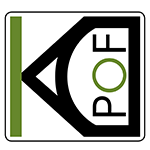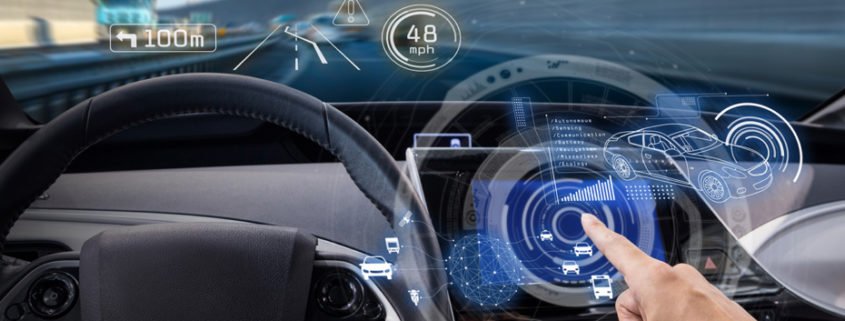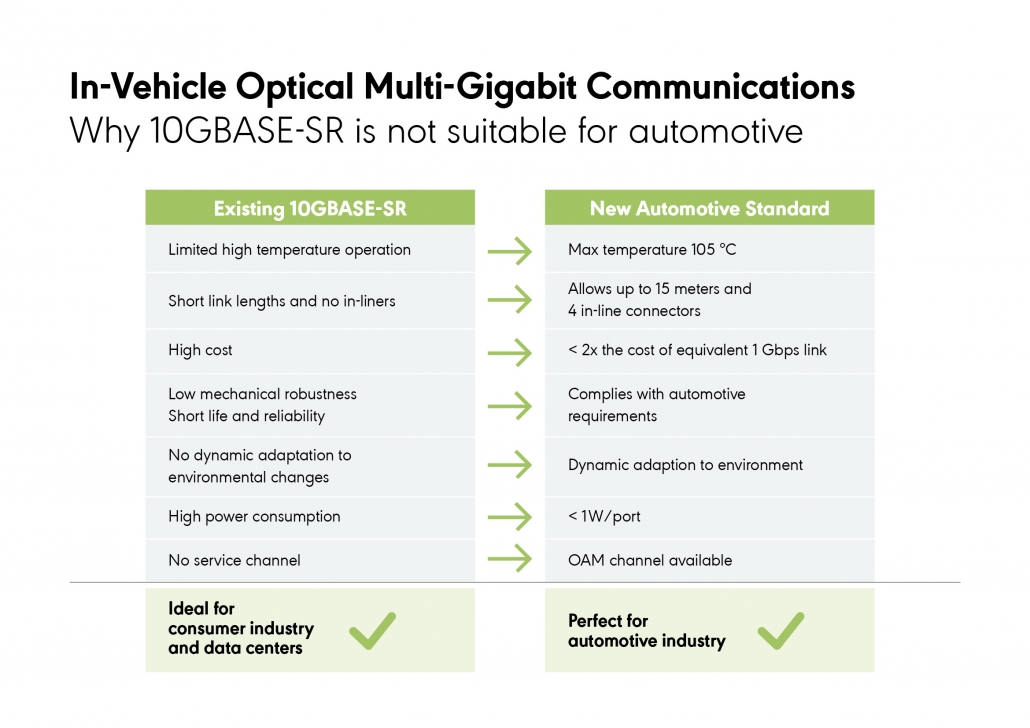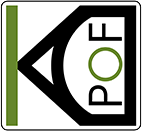New Standard for In-Vehicle Optical Multi-Gigabit Communications
Currently, the automotive industry is seeking technologies to enable 10 Gbps communications. This derives from the growing need of data interchange between sensors and electronic control units in the car. Infotainment, ADAS and growing levels of autonomy are the key trends that explain the exponential growth of data rates: 100 Mbps to 1 Gbps and to 10 Gbps. Some OEMs are even talking about 25 and 50 Gbps for the upcoming years.
Why 10GBASE-SR is not suitable for automotive
Ideally, an existing standard would work for automotive applications. 10GBASE-SR is the current standard by IEEE to establish a communications channel in optical fiber at 10 Gbps. It was originally created to meet the demands of data centers where temperature, operating life, price, reliability and mechanical robustness are very controlled and modest. Unfortunately, it does not meet the stringent automotive requirements. When automotive requirements are applied, the link budget offered by 10GBASE-SR is too low to be acceptable. Several suppliers of fiber optics components propose OEMs solutions like sleeves and ferrules, which are working concerning performance. But, what is the cost, what is the yield?
New Automotive Standard Mandatory
Due to all these reasons, and with, power consumption and especially cost being key in automotive applications, only a new communications scheme is able to provide larger margins and to adapt itself automatically to varying environmental conditions and manufacturing process variations. Moreover, the new standard should be a scalable technology in order to enable even higher data rates such as 25, 50, and 100 Gbps in the future. By combining optimization in all areas of the new standard, the right balance in complexity and cost among all parts (CMOS IC, VCSEL, PD, ferrules, sleeves, cable, in-line connection technology, optics, and lenses, etc.) can be achieved in order to deliver the lowest cost, most reliable, and highly scalable solution to the automotive market.
A team of individuals affiliated with more than 15 key carmakers, such as PSA, Toyota, and Volvo, Tier1s, and components suppliers, including KDPOF, is leading a Call for Interest (CFI). The team is specifying the needs and technologies to support the new standard for 10 Gbps in automotive that will complement the existing 10GBASE-SR. The working group is expected to kick off in the summer of 2019, with the first prototypes to be projected by the end of 2021. The objective of the CFI is to get approval by the IEEE to start the standardization of an IEEE 802.3 Automotive Optical Multi-Gigabit Standard. We warmly welcome you to join the CFI initiative!





